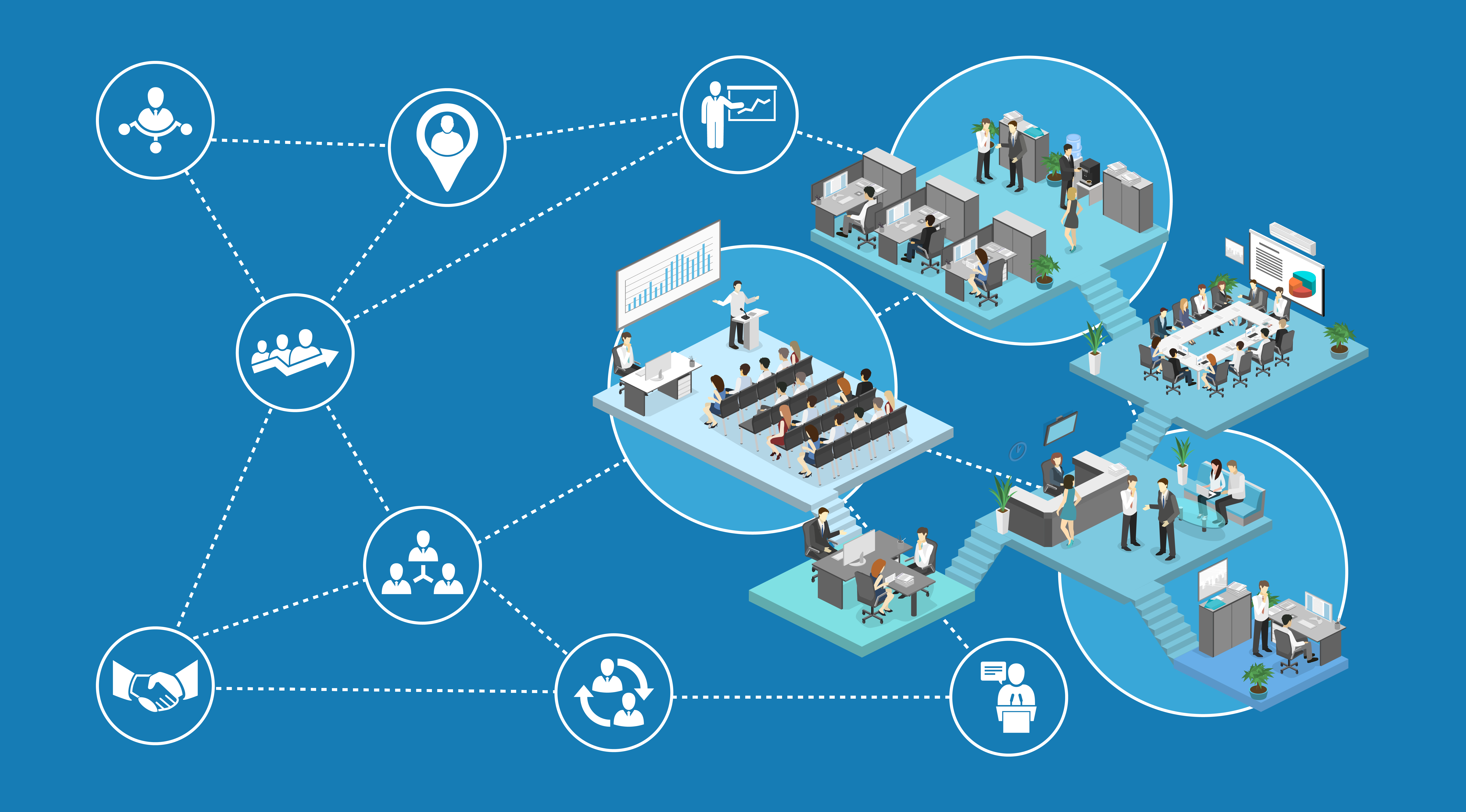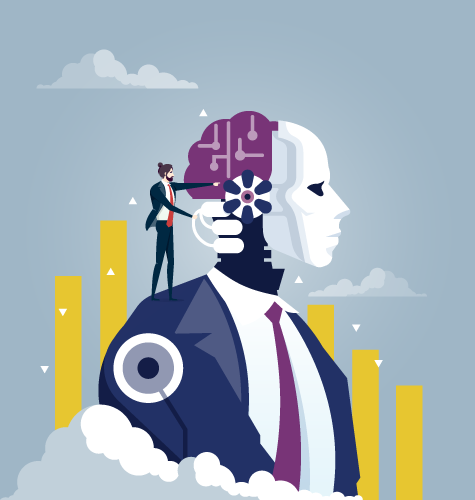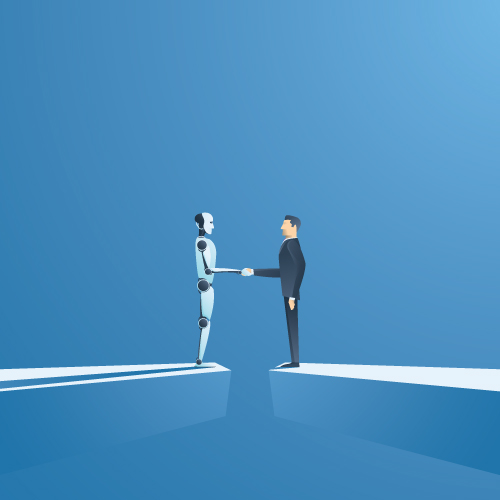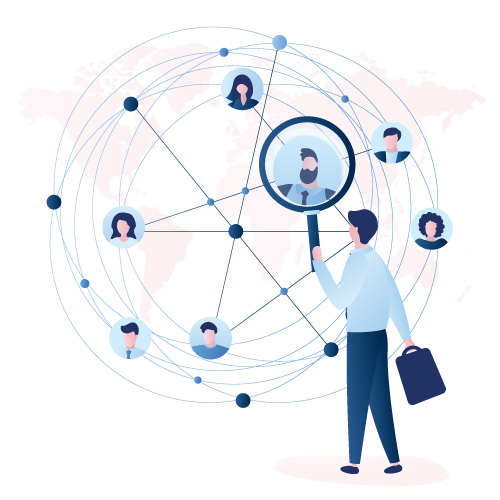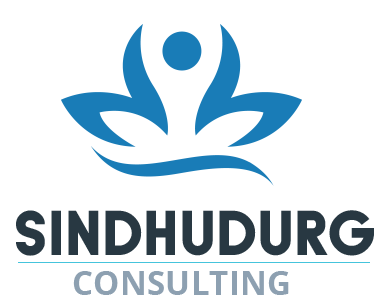The future of work is being debated by enterprise leaders and economics gurus worldwide. With digital advancements, AI, automation and the gig economy, the pace of change is accelerating, creating uncertainty for job roles and job security. The new working landscape is evolving at an unprecedented rate, forcing business leaders to explore new business models that better integrate man and machine. With greater flow of knowledge, creativity, collaboration and connectivity, the transformation from workplace to ‘exchange space’ will continue and organisations that embrace the digital age will be best placed to outpace their peers and capture new markets.
Sindhudurg Consulting thrive in helping their client’s future-proof their organisations to meet the challenges of the next generation working life. Please browse this website to discover some of the factors governing change with strategies that Sindhudurg Consulting

